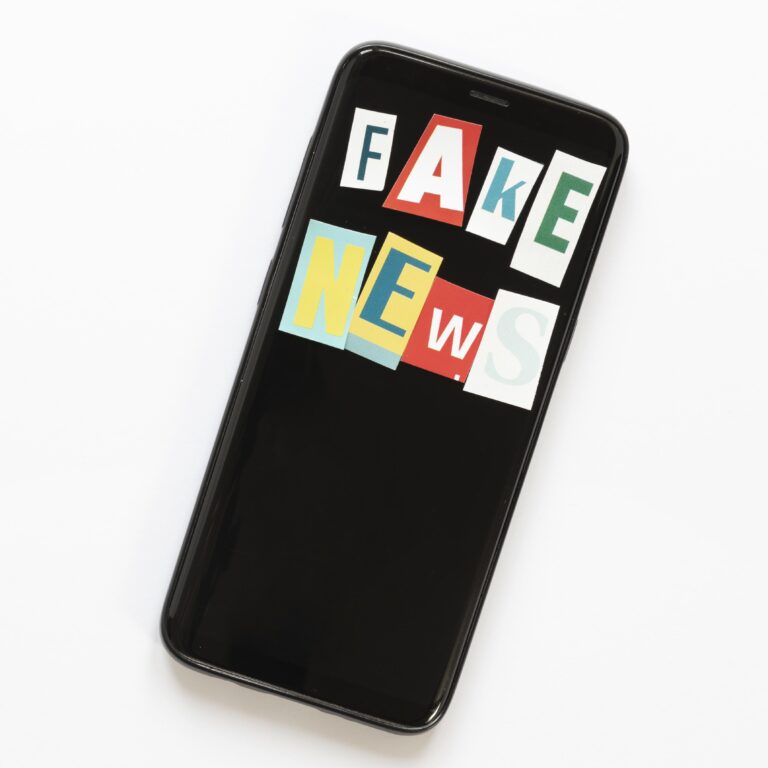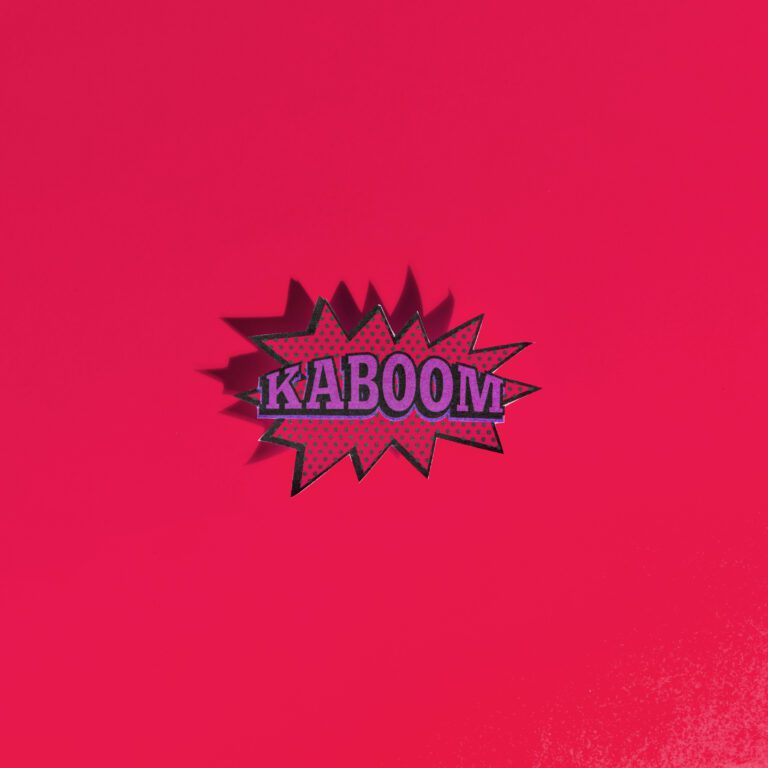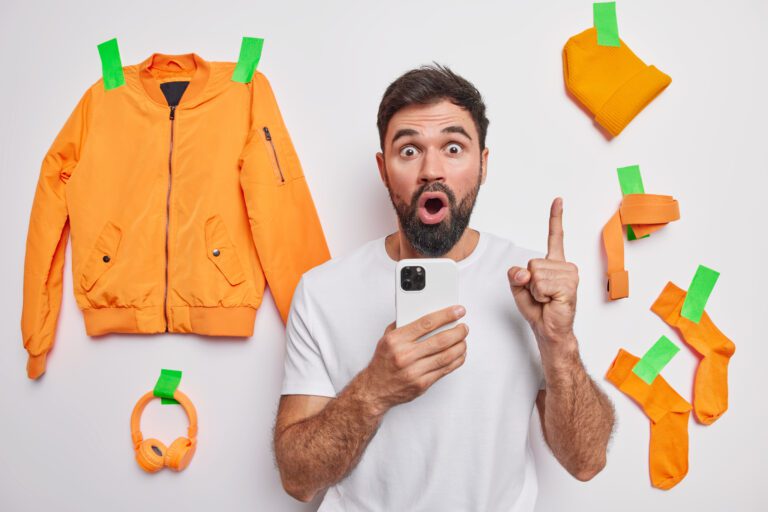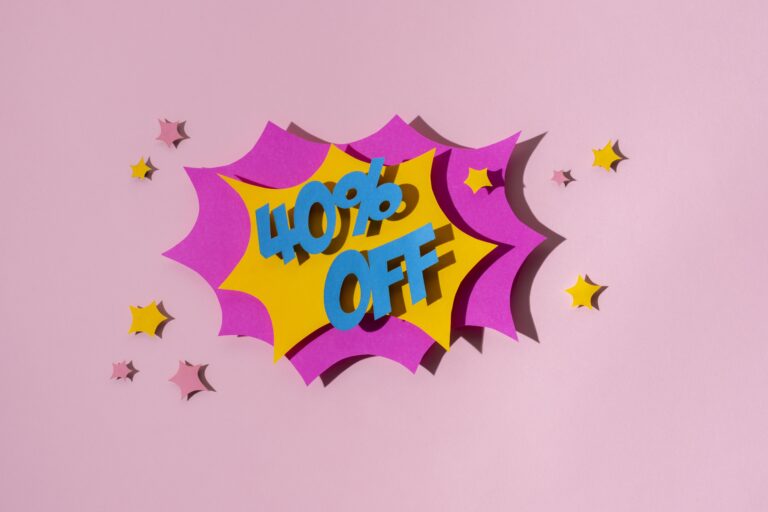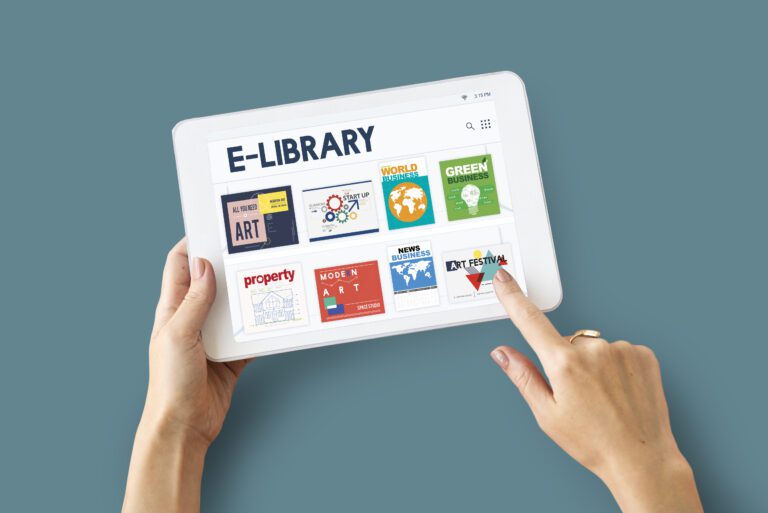20 Proven Product Recommendation Examples To Help You Sell More in 2025

I hope you enjoy this blog post. If you want Hello Bar to grow your leads, click here.
Author:
Mansi
Published
May 5, 2025
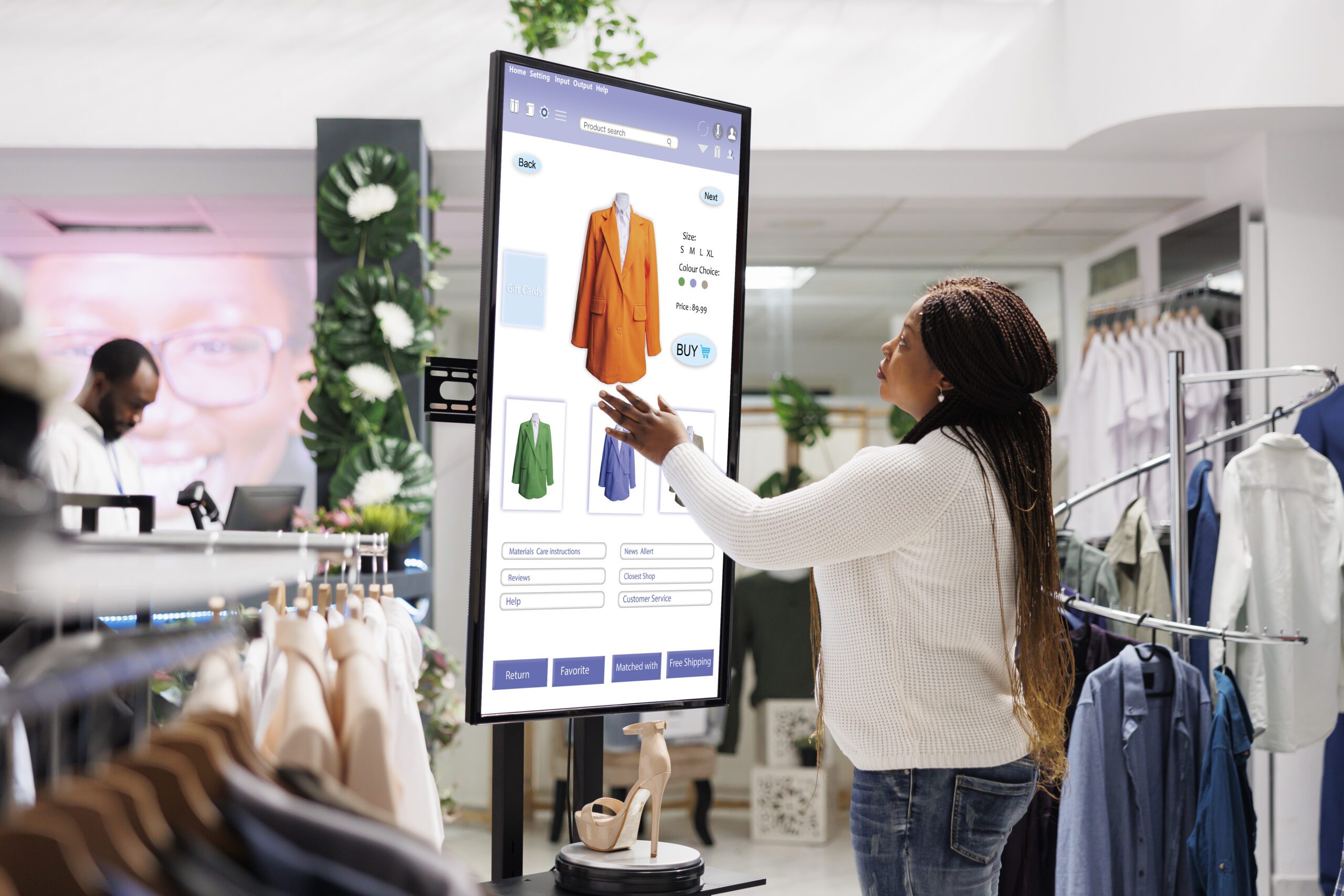
Table of Contents
Introduction
You know when someone lands on your site, they’re either browsing casually or looking for something specific. Either way, you’ve got a chance to help them find something they’ll actually want to buy. That’s where product recommendations come in. Not the overcomplicated kind with big tech behind them. Just smart, simple ideas that make shopping easier and lead to better sales without forcing anything.
Here are 20 ways to do it.
1. Put Your Best-Sellers Right on the Homepage
You’ve got products that people already love. Use that to your advantage. Show your top-selling items as soon as someone opens your site. That way, new visitors don’t have to dig around. They see what’s popular, and it builds a bit of trust too. It’s like saying, “Hey, a lot of people liked these — you might too.” Works especially well if you sell in a category that’s got too many choices.
2. Keep a Section for New Arrivals
People who come back to your store want to see what’s new. A simple “New In” or “Just Arrived” section tells them you’re active, and that they’re not just seeing the same stuff from last month. Even if you only add a few items each week, update this space regularly. It gives people a reason to check back often, and they’re more likely to buy when they spot something fresh.
3. Show What They Looked at Last Time
Most people don’t buy on the first visit. They browse, get distracted, and leave. So the next time they come back, help them pick up where they left off. A little “Recently Viewed” section does the job. No pressure. Just a helpful nudge that says, “Here’s what caught your eye last time.” It saves them time and gets them thinking about it again. 47% of Gen Z consumers desire personalized product recommendations when making online purchases, followed by 46% of Millenials, 40% of Gen X, and 36% of Baby Boomers
4. Show What Other People Bought With It
One of the most useful product recommendation examples is showing what other people bought along with the item someone is looking at. If someone adds a laptop to their cart, show them what others usually buy with it—maybe a bag or a mouse. This kind of product recommendation feels like you’re being helpful, not salesy. It also boosts your average order value without much extra effort.
5. Bundle Products That Make Sense
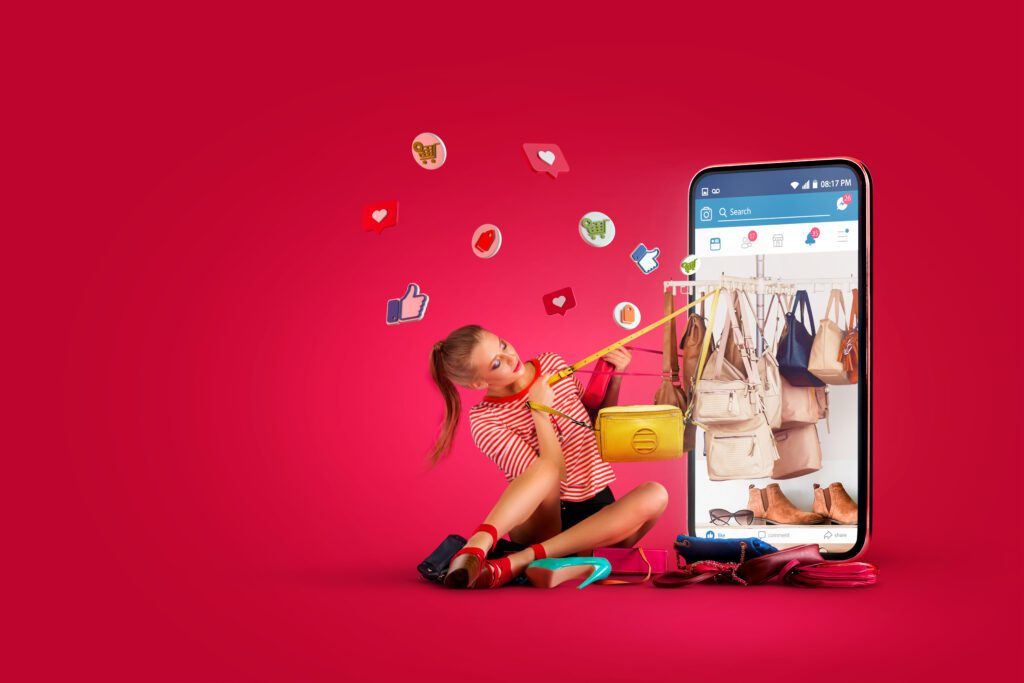
If you sell items that go well together, offer them as a bundle. This is a great way to increase the cart size. You’re not forcing anything. You’re saying, “These go well together and we’ve packed them into a deal.” Bundled recommended products should solve a problem or fit into a use case. Like a skincare routine, a full camping setup, or even something as simple as a tiffin + bag combo.
6. Use a Mini Cart to Show Extra Suggestions
Lots of sites now have a little dropdown or mini cart when someone adds something. That’s a good spot for low-key product recommendations. You’re already helping them check out—just drop in a couple of recommended products there. Keep it simple and relevant. Don’t overload it. Think socks with shoes, or a spatula with a non-stick pan.
7. Add a “You Might Like These” Section on Product Pages
When someone is viewing a specific item, show 2–4 other similar or related products. These recommended products help in two ways. First, it gives options in case they’re unsure. Second, it keeps them browsing. That extra time spent can often turn into a sale. This product recommendation example works best when you’re clear about why you’re showing those items.
8. Give a Little Spotlight to What’s Trending
This isn’t about showing bestsellers again. It’s more about what’s getting attention lately. Items that are picking up views or sales quickly. Call it “Trending Now” or “Hot This Week.” These kinds of recommended products add a small sense of urgency. Customers don’t want to miss out. And it keeps your site feeling current without having to change everything every day.
9. Run a Daily Deal Section
You don’t need to run massive discounts. Just pick a product or two each day to feature. Mark it clearly, maybe say “Deal of the Day” or “Today’s Pick.” Rotate it daily or weekly. It keeps people checking back. These product recommendation examples also work great in newsletters. People love knowing what’s new or special.
10. Use Exit Popups with Smart Suggestions
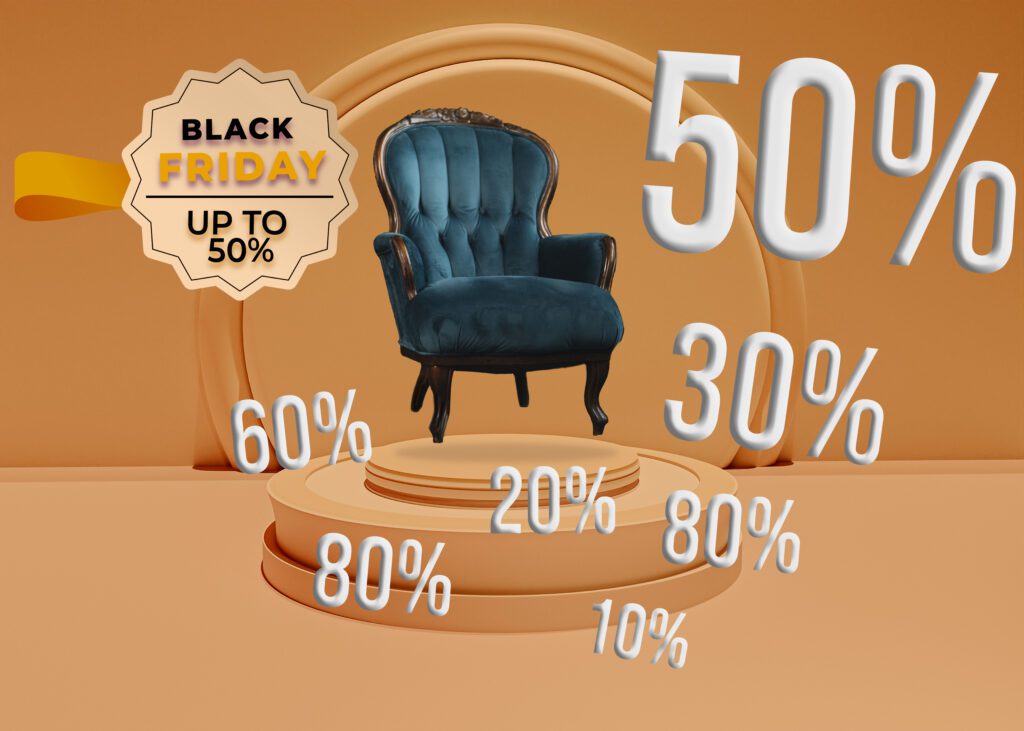
If someone is about to leave your site, you’ve still got a chance. A simple popup showing a couple of product recommendations—maybe based on what they just looked at—can grab their attention before they go. Don’t overdo it. Keep it quiet and focused. This kind of product recommendation works well for stores with higher bounce rates.
Also read Exit Intent Popup: Set Up Yours in Under 5 Minutes With These 13 Tips
11. Let People Know What’s Popular in Their Area
If your store can track general location, use it for smart product recommendation ideas. You could add a tag like “Popular in Bangalore” or “Frequently bought in your area.” This makes the product feel more relevant. It’s one of those product recommendations examples that’s underused but can really help people feel like your store gets them.
12. Show Low-Cost Add-Ons at Checkout
By the time someone is at checkout, they’ve already made up their mind. That’s not the place to push big-ticket items. But small accessories or add-ons—under ₹200—can work really well. These recommended products don’t need much thought. They’re impulse buys. Add a “Don’t forget” or “You might also need” heading and drop in one or two related items.
Also read our guide on 35 Best Abandoned Cart Email Examples: Increase Sales Today
13. Let Reviews Do the Talking
Instead of always saying why something is great, show how many people rated it well. You can add a line like “Rated 4.8 stars by 500+ customers” under your product recommendations. It builds trust fast. And if someone’s comparing two items, this might help them choose. It’s one of the easiest product recommendations examples to implement.
14. Show “Complete the Look” or “Pairs Well With”
If you’re in fashion, home décor, or lifestyle, this one is simple and effective. Don’t just sell a sofa—show cushions and rugs that match. Don’t just sell a saree—recommend bangles and footwear. Product recommendations should feel like a natural extension, not random items thrown together. That’s what keeps it human and helpful.
15. Add “Recently Viewed” So People Can Go Back Easily
This one’s basic but very useful. Most shoppers bounce around, and half the time they forget what they looked at earlier. A small “Recently Viewed” section helps them track back without frustration. It doesn’t look like a recommendation in the traditional sense, but it works just the same. It’s passive, but effective.
16. Let People Reorder Easily
For stores selling everyday items—groceries, grooming, supplements—make reordering easy. Add a “Buy Again” or “Repeat Purchase” section based on their past orders. These kinds of product recommendations save time for the shopper and bring in recurring sales for you. It’s simple retention without a loyalty programme.
17. Send Follow-Up Emails with Personalised Picks
If someone buys a baby stroller, email them a week later with product recommendations for baby blankets, feeding bottles, or toys. Use their previous order to suggest useful stuff—not just random items. These recommended products should feel like you’re helping, not pushing. That makes email marketing work without annoying people.
18. Use Clear Labels
“You might like this” or “Pairs well with this” works better than clever copy. Clear, honest labelling makes your product recommendation sections easier to understand. Customers aren’t here to read poetry. They’re shopping. So keep your suggested items easy to scan, easy to trust, and easy to buy.
19. Give Control to the Shopper
Some stores allow users to set preferences like “Show only budget items” or “Only vegan skincare.” It’s a smart product recommendation method because it puts choice in the customer’s hands. It makes your store feel more personal without doing anything creepy. If your platform allows for this, try it.
20. Combine Product Recommendation with Ratings, Price and Delivery Time
Don’t just show recommended products. Add real info—how long it takes to deliver, price drop alerts, or if it’s running low in stock. These bits help people make faster decisions. It turns a plain product recommendation into a helpful suggestion that they can act on right away.
Conclusion
Product recommendation isn’t about pushing more stuff. It’s about helping shoppers find what suits them—whether that’s what others liked, what fits with what they bought, or what makes their order better. Try a few of these product recommendations examples. Keep it relevant, keep it simple, and make it feel human. That’s what gets people to come back and buy again.


